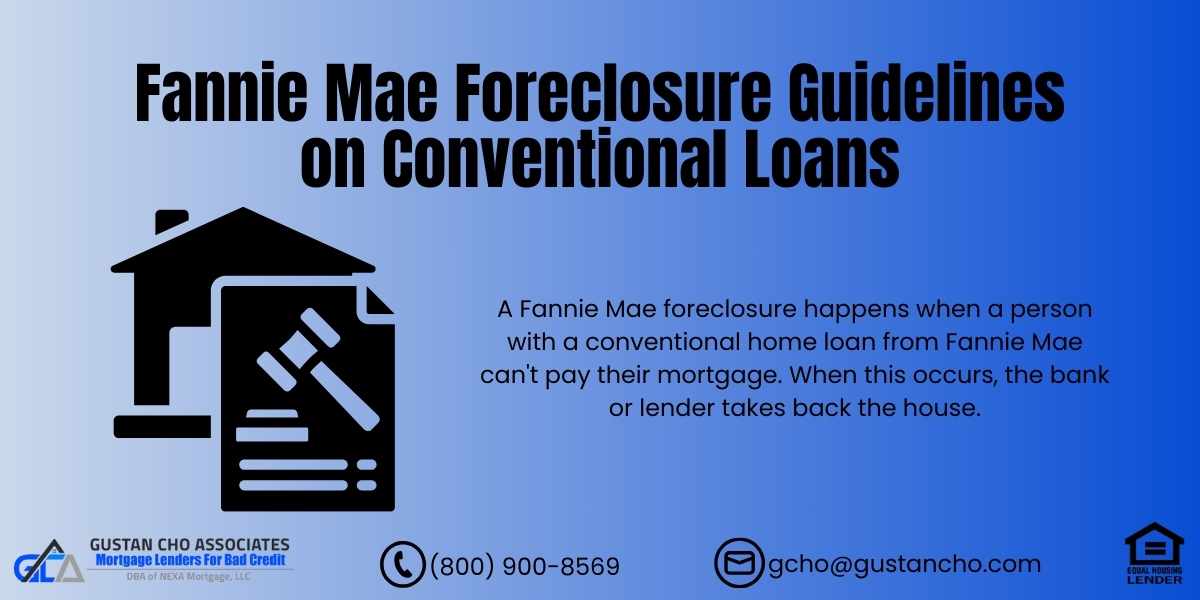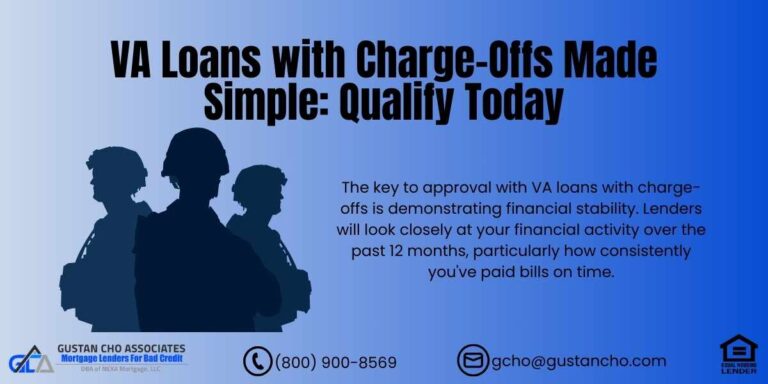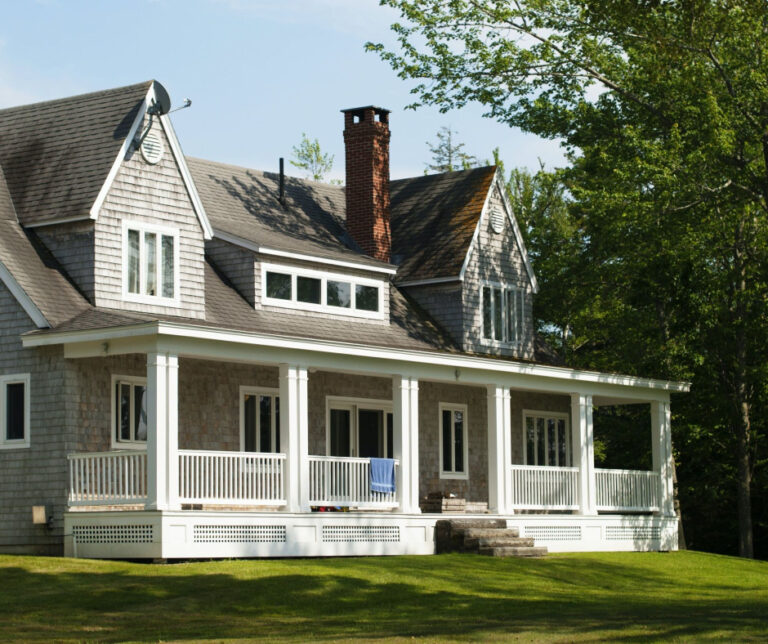Fannie Mae Foreclosure Guidelines on Conventional Loans
Understanding Fannie Mae Foreclosure: A Complete 2024 Guide
Facing a Fannie Mae foreclosure can feel overwhelming, but it’s essential to know you’re not alone—and there are pathways back to homeownership. In this clear, easy-to-follow guide, we’ll explain exactly what a Fannie Mae foreclosure means, the latest 2024 guidelines, and how to rebuild your financial life so you can qualify for a mortgage again.
What Is a Fannie Mae Foreclosure?
John Strange, a senior loan officer at Mortgage Lenders For Bad Credit, explains about Fannie Mae Foreclosure Guidelines as follows:
A Fannie Mae foreclosure happens when a person with a regular home loan from Fannie Mae can’t pay their mortgage. When this occurs, the bank or lender takes back the house. Fannie Mae helps people buy homes and then owns the house. They often sell it through a program called HomePath. This helps get the house to new buyers.
Understanding what leads to a Fannie Mae foreclosure can help prevent one from happening to you. Common causes include financial hardships like job loss, medical emergencies, divorce, or economic downturns, severely affecting your ability to pay your mortgage.
Had a Foreclosure?
Apply Now And Find Out When You Can Get Approved for a Fannie Mae Loan Again!
The Different Types of Fannie Mae Foreclosure
Fannie Mae recognizes three main types of foreclosure-related events:
- Standard Foreclosure: The lender repossesses your home due to missed payments.
- Deed-in-Lieu of Foreclosure: You voluntarily transfer your property back to the lender to avoid formal foreclosure.
- Short Sale: The lender consents to your selling your house for less than the remaining mortgage balance.
Each has specific guidelines and waiting periods before you can qualify for another conventional loan.
Waiting Periods After a Fannie Mae Foreclosure
When dealing with a Fannie Mae foreclosure, knowing the waiting periods is crucial:
- Foreclosure: 7-year waiting period from the completion date.
- Deed-in-Lieu or Short Sale: 4-year waiting period from the completion date.
These waiting periods are longer than those for government-backed loans, highlighting the strict nature of Fannie Mae foreclosure guidelines. However, understanding these timelines helps you plan your path toward requalifying.
How to Meet Requirements for a Conventional Loan Following a Fannie Mae Foreclosure.
Recovering from a Fannie Mae foreclosure takes patience and careful planning, but you can do it. Here are proven strategies to boost your approval chances:
Rebuild Your Credit Immediately
After a Fannie Mae foreclosure, your credit score takes a significant hit and remains impacted for up to seven years. To bounce back quickly:
- Obtain Secured Credit Cards: These cards help build a positive credit history when you maintain low balances and make timely payments.
- Use Installment Loans: Small installment or credit-builder loans demonstrate responsibility and improve your credit mix.
- Regularly Monitor Your Credit Reports: Check credit reports regularly and promptly address any errors to guarantee their accuracy.
You’ll position yourself for quicker mortgage eligibility by actively rebuilding your credit.
How to Qualify for a Conventional Loan After a Fannie Mae Foreclosure

Qualifying for a conventional mortgage after a Fannie Mae foreclosure means you must meet specific criteria set by lenders:
- Credit Score: Strive for a credit score of at least 620, although achieving a higher score greatly enhances your opportunities and the terms of your loan.
- Debt-to-Income (DTI) Ratio: Typically, lenders prefer your DTI to be under 45%, although Fannie Mae guidelines permit up to 50%.
- Employment Stability: Maintain stable employment and consistent income to reassure lenders of your repayment ability.
- Financial Documentation: Prepare recent pay stubs, bank statements, tax returns, and proof of steady income.
These steps show lenders you’re financially responsible and ready to manage a new mortgage.
Understand Fannie Mae’s Foreclosure Waiting Periods & Guidelines
Apply Now And Get recommendations From Loan Experts
Recent Updates to Fannie Mae Foreclosure Guidelines (2025)
In 2025, Fannie Mae updated several guidelines, making the process clearer for borrowers:
- Flexible Credit Assessments: Fannie Mae introduced new credit scoring models, improving opportunities for borrowers with previous foreclosures to requalify sooner.
- HomePath Program Expansion: Improved buyer incentives and financing options now exist for purchasing foreclosed homes directly from Fannie Mae through the HomePath platform.
Keeping current with these changes can significantly benefit your homeownership goals.
Tips to Avoid Another Fannie Mae Foreclosure
Preventing future foreclosure is essential. Consider the following best practices:
- Create a Budget: Monitor your earnings and expenditures carefully to prevent falling behind on your bills.
- Maintain Emergency Savings: Aim for at least 3-6 months of living expenses in savings to handle unexpected hardships.
- Communicate Early with Your Lender: If you’re facing financial struggles, reach out immediately. Your lender may offer solutions such as payment modifications or forbearance.
Staying proactive protects your home and finances.
Alternative Loan Options Following a Fannie Mae Foreclosure
If conventional loans aren’t immediately available to you, explore alternatives:
- FHA Loans: Typically, a 3-year waiting period after foreclosure with more forgiving credit requirements.
- VA Loans: For veterans, these loans offer favorable terms and a 2-year waiting period post-foreclosure.
- USDA Loans: Ideal for borrowers in eligible rural areas, offering a three-year waiting period after foreclosure.
- Seller Financing: Purchasing a property directly from the seller without traditional mortgage requirements.
Exploring these alternatives provides flexibility on your journey back to homeownership.
Real-Life Example of Overcoming a Fannie Mae Foreclosure
John and Sarah went through a tough time when they faced a Fannie Mae foreclosure after losing their jobs because of the pandemic. At first, they felt sad and worried, but they decided to work hard to fix their money problems. They started using secured credit cards to rebuild their credit and stick to a strict budget.
For four years, they focused on paying off their bills on time, finding steady jobs, and maintaining their credit scores. Because of their effort and smart choices, they were able to get a new conventional mortgage, which meant they could buy another home sooner than they thought.
Their story shows that even after a Fannie Mae foreclosure, you can bounce back and achieve your dreams with hard work and determination.
Conclusion
A Fannie Mae foreclosure can feel daunting, but understanding the guidelines, actively rebuilding your credit, and exploring alternative loan options can put you back on the path to homeownership. Remember, foreclosure isn’t the end of your homeownership dreams—it’s a challenge you can overcome with patience, strategy, and the right guidance.
Take control, rebuild confidently, and start your journey back to owning a home today.
Frequently Asked Questions:
Q: What is a Fannie Mae foreclosure?
A: A Fannie Mae foreclosure happens when a homeowner can’t pay their mortgage, so Fannie Mae takes back and sells the home.
Q: How long do I wait to get a new loan after a Fannie Mae foreclosure?
A: You usually have to wait 7 years, which can vary depending on the foreclosure type.
Q: What’s the difference between foreclosure, short sale, and deed-in-lieu?
A: Foreclosure means losing your home to the lender. A short sale is selling your home for less than you owe, with the lender’s approval. A deed-in-lieu means giving your home back to avoid foreclosure.
Q: Can I buy another house after a Fannie Mae foreclosure?
A: Yes, but you must wait a certain amount of time—usually 7 years for a conventional loan, though other loan types have shorter waiting periods.
Q: How long do I have to wait after a foreclosure to buy a home with a conventional loan?
A: Typically, it’s a 7-year waiting period, but you could qualify sooner by choosing alternative loan types like FHA loans.
Q: How can I rebuild credit after a foreclosure?
A: To rebuild your credit quickly, you can use secured credit cards or credit-builder loans and always pay your bills on time.
Q: What documents do I need to qualify for a new loan after foreclosure?
A: You’ll need pay stubs, tax returns, bank statements, proof of income, and evidence of stable employment.
Q: What if I can’t get approved for a conventional loan after foreclosure?
A: You can explore other options, such as FHA loans, private loans, or seller financing, which have shorter waiting periods and flexible rules.
Q: How long do I wait after a short sale to buy another home?
A: You typically need to wait at least 4 years before applying for another conventional mortgage.
Q: Are there special programs for buying foreclosed homes from Fannie Mae?
A: Yes, Fannie Mae’s HomePath program helps people buy foreclosed homes with special incentives and easier financing.
Q: How can I avoid another foreclosure?
A: Keep savings for emergencies, stay employed, communicate with your lender early if you have money problems, and budget carefully.
Q: Can a Fannie Mae foreclosure affect my credit score for a long time?
A: A foreclosure typically stays on your credit report for seven years. Still, you can improve your credit by taking steps toward financial stability.
This blog about “Fannie Mae Foreclosure Guidelines on Conventional Loans” was updated on March 11th, 2025.
Find Affordable Foreclosed Homes—Great Deals Available
Apply Now And Get Expert Guidance on Purchasing a Foreclosed Home Today







